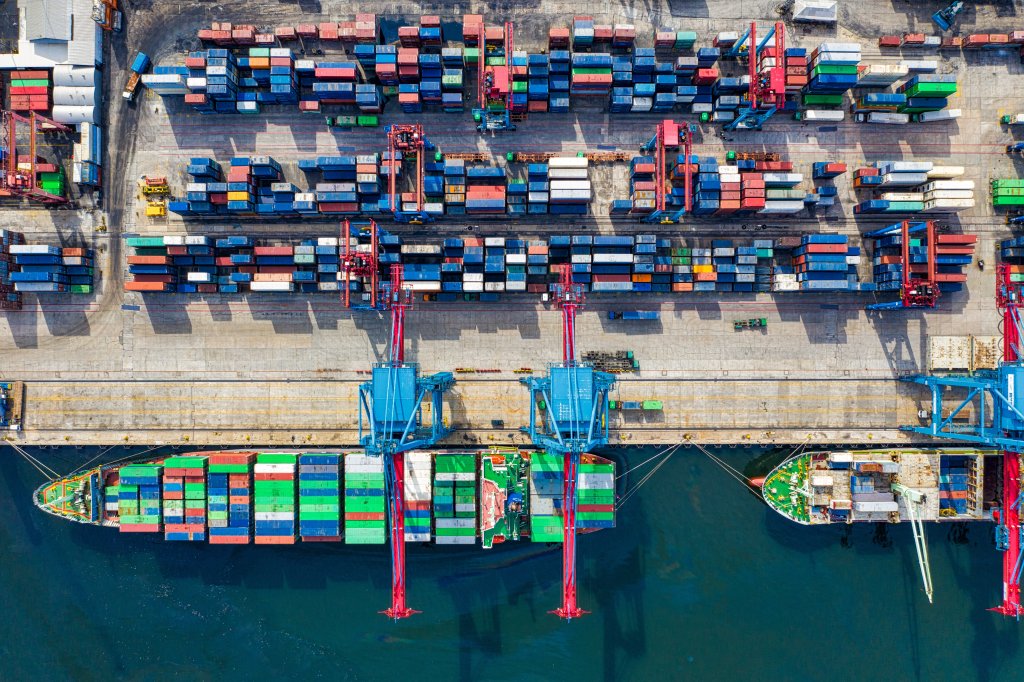
Supply Chains Shake Ups – Building Flexibility and Resilience for Business Transformation
Key players from the shipping industry were in Singapore last week for Singapore Maritime Week (SMW) and the Singapore Shipping Forum, where themes discussed included decarbonisation, digitisation of the shipping sector and improving the flexibility of supply chains. The industry has undergone a period of significant change and instability over the past few years. In this article, we explore how supply chains need to change post-Covid, in particular through better contingency planning and use of technology.
Supply Chain Aftershocks in a Post-Pandemic World
Supply chains are becoming increasingly complex with the chances of delays and disruptions on the rise. This has a knock-on effect for businesses so building a flexible supply chain resilient to change is vital.
The pandemic only increased the growing emphasis on contingency planning and collaboration. The Singapore government is already exploring ways to move goods more efficiently between sea ports and land checkpoints. However, ship owners should make their own plans to avoid disruption following these four core components:
- Preparation
- Analysis
- Response planning
- Implementing preparedness
“Plans should be realistic, practical and simple to implement ensuring that businesses can best protect themselves against risks of supply chain vulnerabilities,” said Danny Chua, Senior Partner at JTJB. “Ship owners should identify who their critical partners and suppliers are and seek out alternatives in the event that their primary options are disrupted.”
The Supply Chain of the Future Management software can help map out particularly complex supply chains, and new technologies such as AI, analytics and robotic process automation can help with planning and execution. An EY study in 2020 on how Covid-19 impacted supply chains found that 64% of surveyed supply chain executives say digital transformation will accelerate due to the pandemic. The updated 2022 version of the report explored how the race is on for digital enablement and automation: by 2035, 45% of supply chains are expected to be mostly autonomous involving technology like robots in warehouses and stores, driverless forklifts and trucks, and delivery drones supported by fully automated planning. The EY Study suggests focusing on five key priorities to prepare for the future:- Reimagine the strategic architecture of a supply chain – invest upfront in your strategy as this should increase flexibility and effectiveness;
- Build transparency and resilience – ensure real-time monitoring of your supply chain and perform regular scenario simulations;
- Lower costs from the supply chain – rethink the entire end-to-end process to ensure top network optimisation;
- Prioritise sustainability – innovate with circularity and the environment in mind;
- Explore growth through a digital supply chain – implement digital strategies into the supply chain across planning, procurement, manufacturing and logistics.
